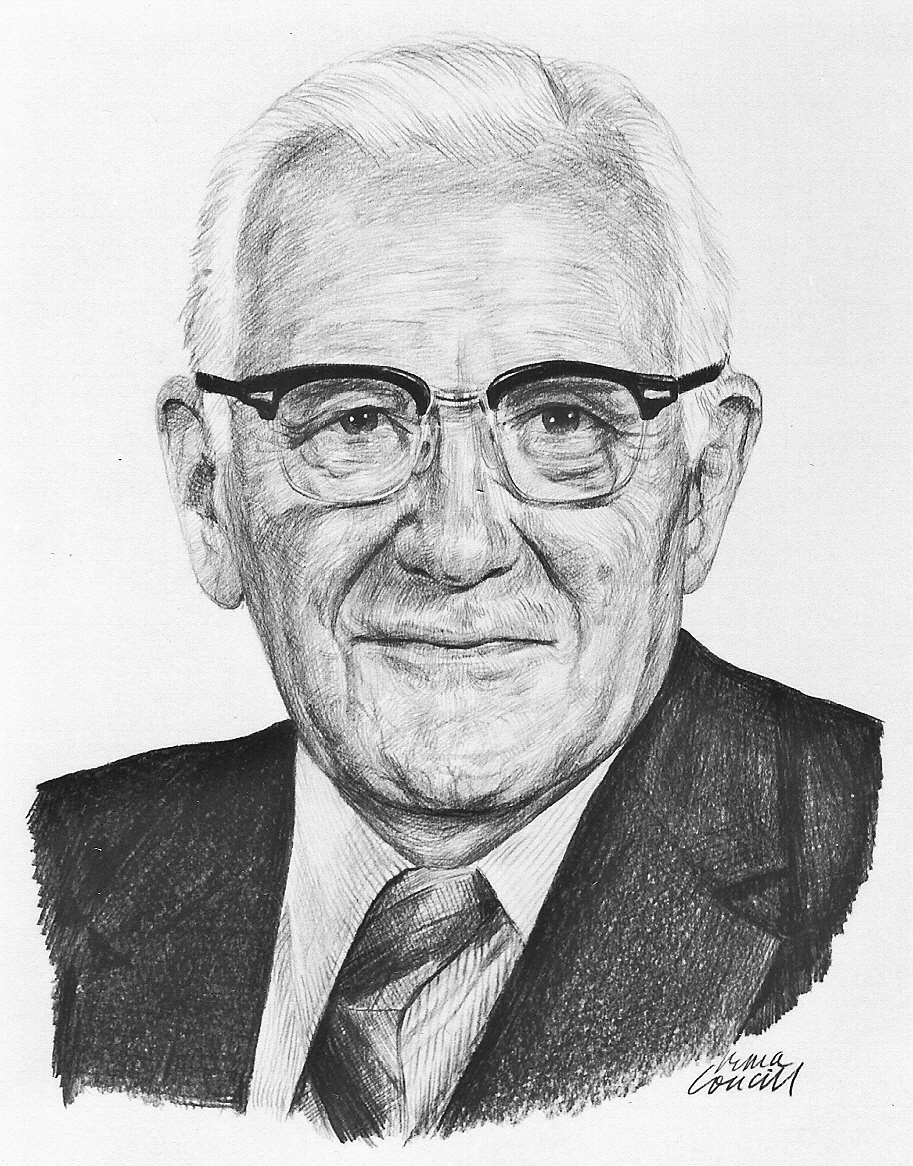Stuart Graham

Birth Date: September 2, 1896
Birth Place: Boston, Massachusetts, USA
Death Date: July 17, 1976
Year Inducted: 1974
Awards: OBE; AFC; Star of Menelike (Ethiopia); The McKee Trophy
His vision, foresight and application of airborne skills, despite adversity, during the birth of civil aeronautics, have been of outstanding benefit to Canadian aviation
The First World War
Stuart Graham, O.B.E., A.F.C., was born in Boston, Massachusetts, U.S.A., on September 2, 1896. He moved to Canada and received most of his education in Nova Scotia. He enlisted in the Canadian Army in 1915 and was sent to France with the 5th Canadian Mounted Rifles. He transferred to the Royal Naval Air Service and received pilot training in France. He was assigned to patrol the Allied shipping lanes in flying boats and seaplanes until war's end, and was awarded the Air Force Cross (A.F.C.) for his actions against two enemy submarines.
Work in Canada
Graham returned to Canada in 1919, convinced of the potential of air operations in Canada. He learned of a group of pulp and paper companies in the St. Maurice River Valley of Quebec who were interested in air patrols for fire protection purposes and aerial surveying of their timber limits. With his assistance the St. Maurice Forest Protective Association completed a loan agreement with the Canadian government, purchased two Curtiss HS-2L flying boats, and hired him as pilot. His first assignment was to fly both aircraft from Halifax, Nova Scotia, to Lac a la Tortue (Grand'Mere), Quebec. His wife, Madge, sat up front in what was the gunner's cockpit, protected from the spray by a canvas cover. Aviation historians recognize him as the nation's first professional peacetime pilot, and this operation as the beginning of bush flying in Canada.
He was the sole pilot of this extensive operation during the first two years, and was involved with forest fire patrol, forest inventory, aerial mapping and survey, and transportation.
Mining Excersion
In 1920 he and air engineer Walter "Bill' Kahre flew a forestry engineer into an isolated area of Quebec to stake Canada's first mining claim using an aircraft for transportation. In 1920 Graham and Kahre went to Long Island, New York, to pick up a Curtiss Seagull, which proved to be a more economical flying boat to operate. From 1921 until 1923 he represented Curtiss Aeroplane and Motor Company in Canada.
Inventing
While engaged as a pilot, Graham designed a sectional canoe which could be carried aboard an aircraft, a remote control landing-direction indicator for use at airports, and an automatic view-finder camera control, all of which were commercially successful. The view-finder camera control was not further developed by the Canadian Government but instead, the patent was taken over by Fairchild Camera Corporation in exchange for use of the camera in survey activities.
Aircraft Design
For two years Graham worked with Canadian Vickers Limited at Montreal, Quebec, on aircraft construction, in particular, the production of the Vickers Vedette flying boat. In 1926 he served with the Royal Canadian Air Force (RCAF) as aircraft acceptance test pilot and on aerial mapping. From 1928 to 1939, Graham worked with the Air Services Division of the Canadian government as one of two District Inspectors, who between them supervised air operations throughout Canada. He was in charge of accident investigations, and one of his primary duties was the testing of pilots for licences. His keen interest in aviation history led to the recovery and preservation of numerous Canadian aeronautical treasures now in the National Aviation Museum in Ottawa.
The Second World War
During World War II, Graham planned airports and facilities across Canada for the British Commonwealth Air Training Plan (BCATP). In 1945 he was named an Officer of the Order of the British Empire (O.B.E.) for his services. After the war he became technical and safety representative to the International Civil Aviation Organization (ICAO), and Chairman of their Air Navigation Committee. He contributed significantly to the drafting of standards, regulations and operating procedures for both national and international civil aviation.
Honours and Recognition
From 1951 to 1963 he was aviation advisor for ICAO to various underdeveloped countries in the Middle East, Latin America, East Africa, Haiti and Rwanda-Burundi. He was decorated with the Star of Menelik by Emperor Haile Selassie for organizing the Civil Aviation Department of Ethiopia. He retired from active flying in 1963 to research and write the history of northern Canadian aviation.
Graham died on July 17, 1976. In 1988 the National Aviation Museum opened in Ottawa with a memorial honouring him. The Curtiss HS-2E flying boat, Ea Vigilance, with which he pioneered bush flying in 1919, has been restored and is part of the aircraft collection.
In 1991 Graham was awarded the Trans-Canada (McKee) Trophy with the following citation: "Aviation in Canada has been significantly enriched by this talented and inventive man whose devotion to the advancement of aviation in this country is so well recorded in the footsteps he has left behind him. He was a Canadian of whom we can all be proud."
In 1997 the Community Cablevision Company of Grand'Mere, Quebec, produced a documentary film depicting the story of Graham's career.
Stuart Graham was named as a member of the ‘Quebec Air and Space Hall of Fame’ in 2001.
Stuart Graham died July 17, 1976.
In 1994 the Royal Canadian Mint produced a coin showing the image of the first bush plane and a cameo in gold of the first bush pilot, Stuart Graham. The inscription "the world's first bush plane" is based on the accomplishments of 1919, at which time the plane bore the original civil markings consisting of 'LeVigilance'. The letters 'SM' in a circular design was the logo of the St. Maurice Forest Protective Association Inc.
Stuart Graham was inducted as a Member of Canada's Aviation Hall of Fame in 1974 at a ceremony held in Edmonton, Alberta.
To return to the Inductee Page, please click here.
